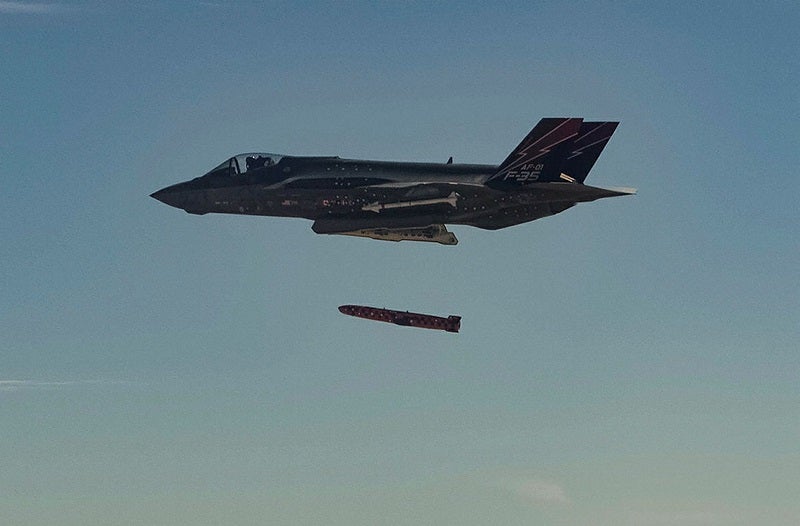Australia has selected the Joint Strike Missile (JSM) as the Air Force’s future long-range, air-launched capability for its 60 active F-35A Lightning II fighter jets.
The Commonwealth nation will follow in the footsteps of three major allies and fellow F-35A operators – Norway, Japan and the US – in opting for Kongsberg’s fifth-generation guided munition.
Eirik Lie, president of the Norwegian manufacturer, confirmed that “Australia’s participation will benefit the programme and the other user nations through both competence and resources,” effectively setting up a reliable user ecosystem spanning three continents.
Scheduled to arrive from 2025, the Australian purchase will cost A$142m, or approximately Nkr1bn according to the Norwegian supplier.
Launching JSM
JSM will be deployed from the aircraft’s internal carriage; the weapon provides a precise, long-range strike capability against land and sea targets.
Primary targets are usually mobile, highly defended and high-value assets on sea, in coastal waters or on land. Notably, JSM has off-board, on-board and in-flight mission planning, and it can engage targets based on a pre-defined set of Rules-of-Engagement.

The weapon also incorporates advanced composite materials and employs low-signature, stealth technology that ensures a low radar signature. With that, JSM’s low-altitude, sea-skimming flight method helps it delay detection and engagement by a target’s radar defence system.
RAAF missile portfolio
While the latest purchase of the advanced JSM capability will enhance Royal Australian Air Force (RAAF) missions, the new missile also serves to add to the service’s existing air-launched missile inventory.
Currently, the RAAF employ different types of weapons for various roles, such as the AIM-120C-7 Advanced Medium-Range Air-to-Air Missiles (AMRAAM), which the Defence Force purchased 108 units in a Foreign Military Sale with the US in 2019.
AMRAAM is an air-to-air missile used in the US Air Force and various other countries. The AIM-120C variant has smaller control surfaces to enable the internal carriage on the F/A-22 aircraft and carries an improved warhead. It was further upgraded to create a new variant called AIM-120C-7, which was successfully tested in 2003.
The service also acquired more than 60 Advanced Anti-Radiation Guided Missile – Extended Range (AARGM-ER) missiles from the US too. These air-to-ground missiles are a specialised and used to target enemy radar systems.
Australia: a new hub for Kongsberg missile production
The new JSM user announced its decision to invest A$25m in a 2,500m² facility located on 6,000m² site in Adelaide, South Australia on the same day that the Defence Force purchased JSMs on 5 September 2024.
This facility will support acquisition and sustainment programmes including Naval Strike Missile (NSM) for the Royal Australian Navy, National Advanced Surface to Air Missile Systems (NASAMS),CORTEX C4 for Protected Mobile Fires, and Protector Remote Weapon Stations for the Australian Army through local manufacture, assembly, integration, test, verification and training.
While JSM ecosystem grows by one, it is worth noting that NSM boasts 13 countries: Australia, Belgium, Canada, Germany, Latvia, Malaysia, the Netherlands, Norway, Poland, Romania, Spain, the UK, US Navy and Marine Corps have all selected the system.
This decision marks Kongsberg’s acceptance as a global strategic partner in expanding the Australian government’s Guided Weapons and Explosive Ordnance (GWEO) enterprise, backed by a commitment of A$16-21bn over the next ten years.









